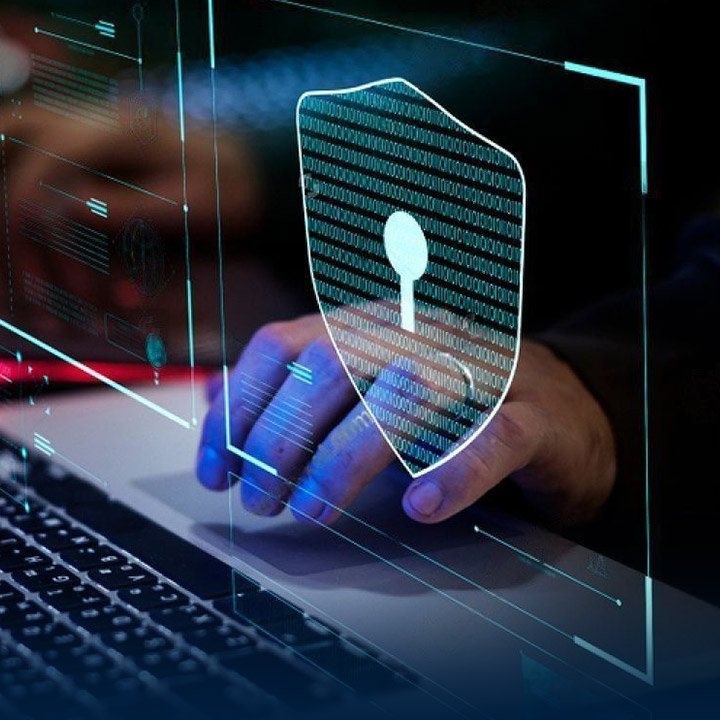
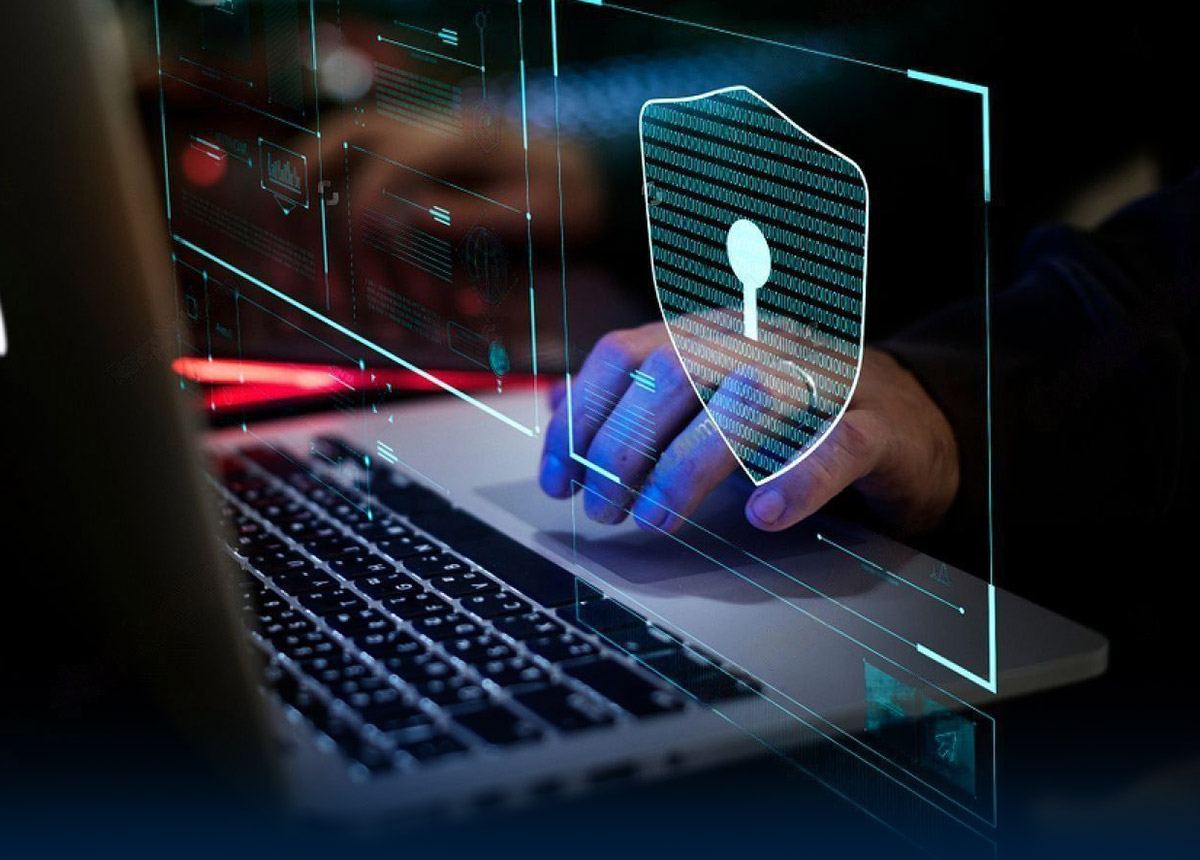

Torizon can lower the effort and cost to comply and keep your focus on the unique value of your products and not on the effort to clear checkboxes in security requirement guidelines.
The newly proposed EU Cyber Resilience Act is highly relevant for the Industrial Internet of Things (IIoT), Industrial Automation & Control Systems, and general-purpose microprocessors. It is driven by the enormous cost caused by cybercrime, estimated at EUR 5.5 trillion in 2021. The EU understands that this is caused by low cybersecurity standards in HW and SW and the inability of users to choose products with adequate security due to missing transparency. The penalties for non-compliance are up to €15 million or 2.5 percent of their global annual turnover.
Some of the Requirements for the Cyber Resilience Act
Torizon can simplify compliance with the upcoming Cyber Resilience Act
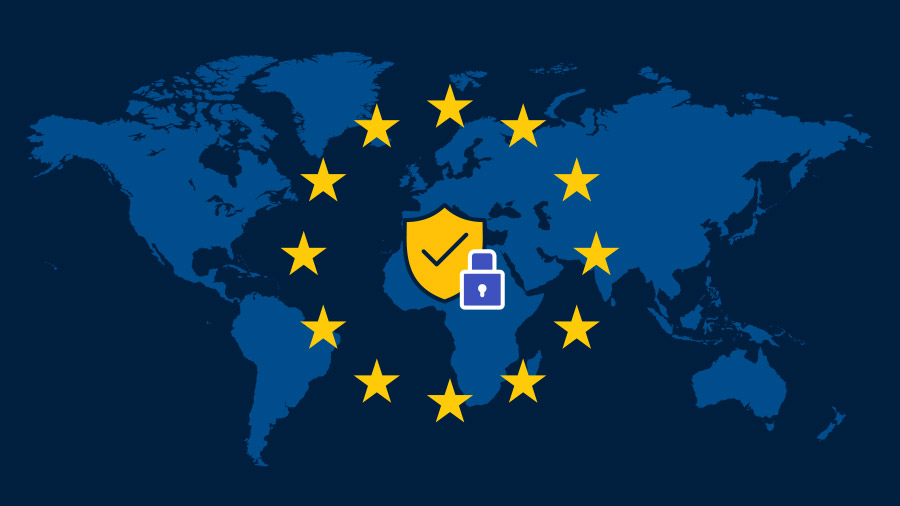
For a long time vendors of medical devices have tried to avoid changes to the HW or SW product to avoid needing recertification and a submission of 510(k). However, the requirements are changing. Now, companies are required to keep the software up to date and provide secure update functionality. Changes improving the cybersecurity of the device means it does not require a 510(k).
From the new Cybersecurity in Medical Devices: Quality System Considerations and Content of Premarket Submissions Draft Guidance for Industry and Food and Drug Administration Staff
On Software Updates
Whitepaper
Torizon now supports Raspberry Pi, generic x86, RISC-V, and many other platforms, providing more flexibility and options for developers! Discover how Torizon is leading the way with secure boot support on the Texas Instruments AM62 System on Module and what's next on the roadmap for enhanced security features.
Discover how Savoir-faire Linux is leveraging Torizon to facilitate secure boot, manage software vulnerabilities, and support a comprehensive Software Bill Of Materials (SBOM) to enhance security from the ground up for customers.
This is part 3 of our 7-part series about over-the-air software updates. In part 1, we told you about all the reasons it’s important to be able to deliver software updates remotely, and in part 2 we wrote about all the reasons software update systems are dangerous. Today, we’re looking at ways to protect your software update system that might seem secure at first glance, but aren't—with famous real-world failures for each example.
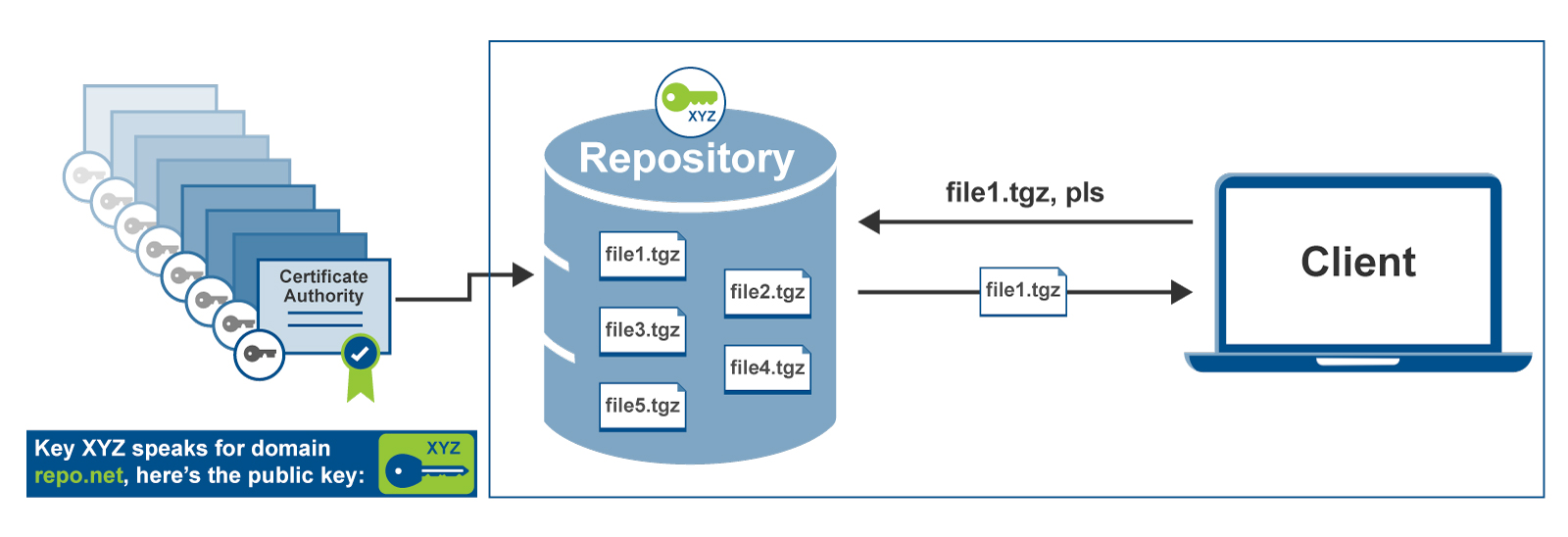
This is part 2 of our 7-part series about over-the-air software updates. In part 1, we told you about all the reasons it’s important to be able to deliver software updates remotely - in today’s world, you can’t keep any connected device secure unless you can update it. Today’s post, though, goes in the opposite direction: we’re going to look at why software update systems can be incredibly dangerous, and why you should treat them with skepticism and caution.
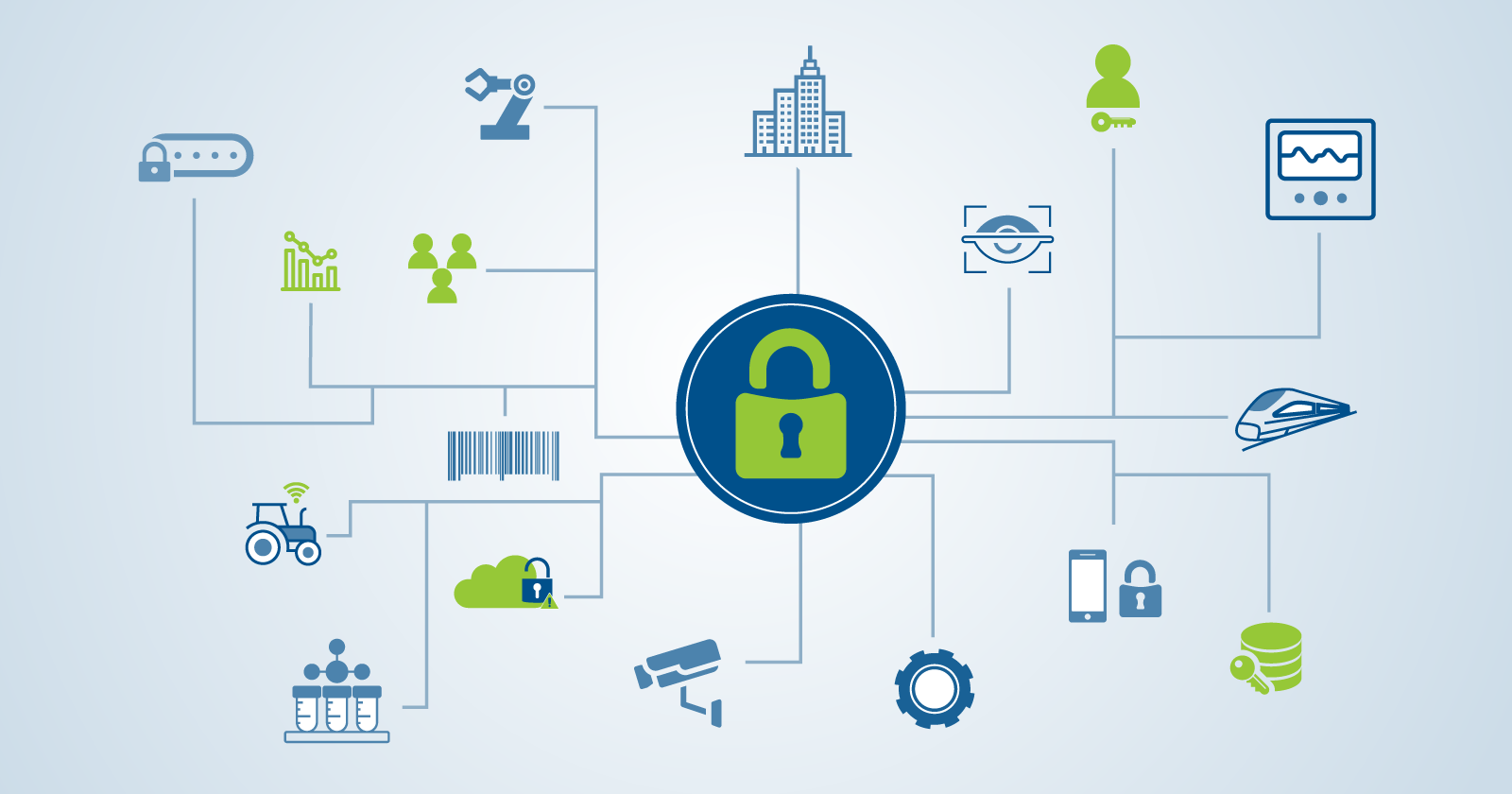
With the explosion of internet-connected devices in recent years, there has been an industry-wide realization of the need to keep these devices updated throughout their lifetime. This is the first part of a series that will explore the concept of remote over-the-air (OTA) updates, providing designers details they will need when implementing remote OTA update solutions into their systems. We will especially focus on the important security aspects. We’ll start with the basics.

In this webinar, we will explain what Secure Boot is, why it’s needed, and how it’s implemented. We also present a live demo, illustrating how Toradex makes it easy to enable Secure Boot using the Yocto-based Linux Torizon OS.
The road to cybersecurity compliance for regulated applications in the utilities, medical, and defense industries can be difficult. Achieving the required certifications can significantly increase timelines for development time/cost which can significantly delay a product launch.
My team owns
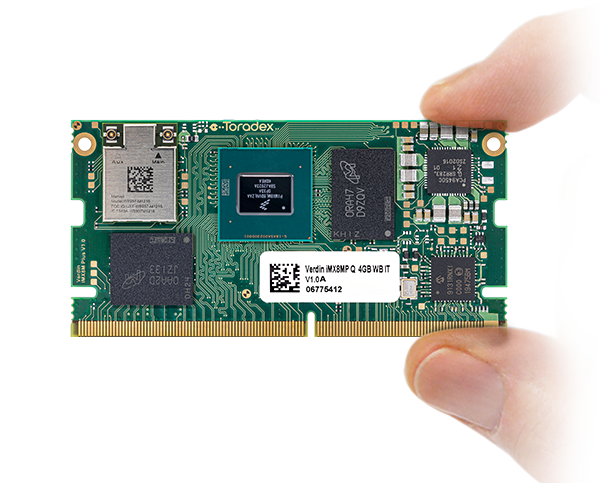
Torizon OS runs on most of our newer modules! Leverage a fully integrated stack and start developing today.
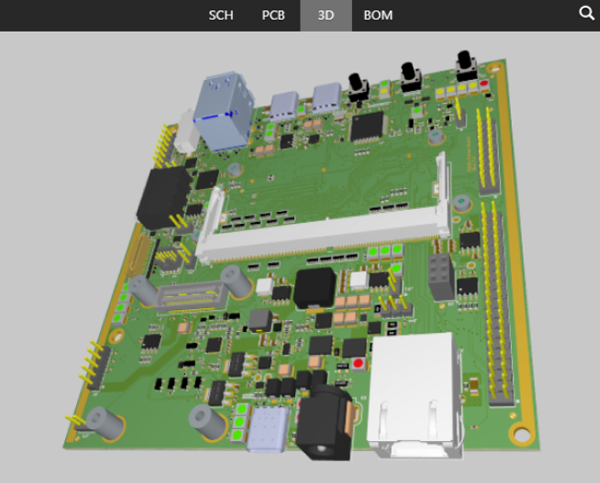
Torizon OS is fully Open Source! We provide references on how to integrate it with your own hardware. Do it yourself or with our partners!

To kick-start your evaluation, choose from these Starter Kits to profit from the tight software-hardware integration.
Want to know more about Torizon?